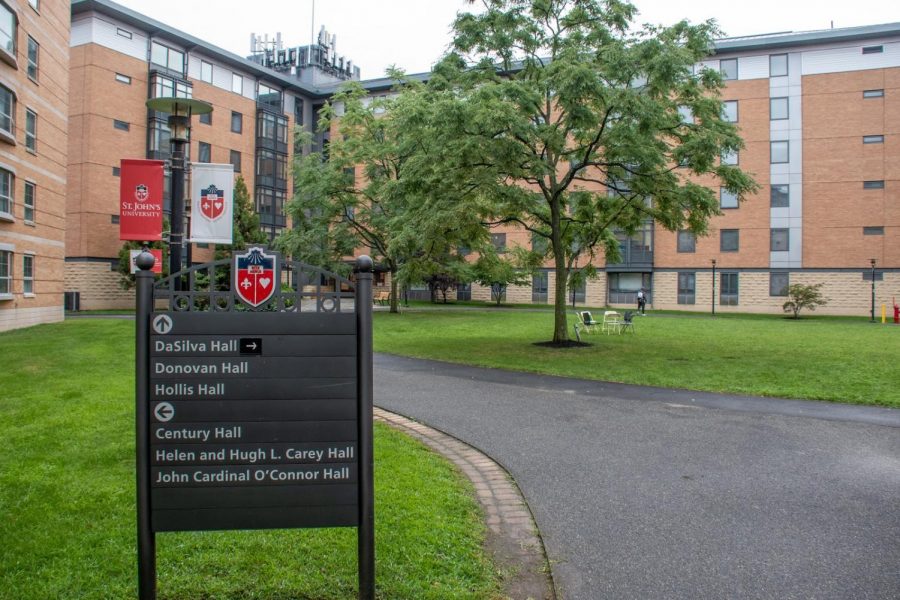The remnants of Hurricane Ida hit the east coast this past Wednesday (Sept. 2) leaving at least three dead in Queens and causing an incalculable level of damage to New York City’s infrastructure with massive flooding that shut down the subways.
Amidst this chaos, St. John’s students, who had just begun classes this day, waited with bated breath to see how the state and University would respond. After the extremely hazardous nature of the storm became apparent, NY Governor Kathy Hochul issued a state of emergency at 5 a.m. Thursday morning with a travel ban for all non-emergency personnel. Accordingly, many SJU students waited for an announcement canceling classes for the next day. This announcement never came.
This caused issues for students who were dealing with the effects of the storm themselves. With about 71% of students commuting, many students were forced to miss their second day of classes.
According to University Spokesperson, Brian Browne, “Canceling classes or transitioning to remote learning–even for a day–is a serious operational decision to make as the University makes weather related closure decisions based on prevailing conditions of each campus.” He continued to explain, “while the Sept. 2 commute to campus following the remnants of Hurricane Ida was challenging–especially for those using public transportation –on-campus classroom space saw limited impact from flooding conditions and regular University business continued uninterrupted.”
However transportation issues did affect staff as well. Some professors were stuck at home, in a similar situation to their students. Paul Grista, a junior Finance major, noted that “my professor couldn’t get to campus the next day because of the roads and [had to] cancel our first class.”
Even residential students were not left unaffected by the storm. Some students say they received communications from their RA’s. However, the only other communication residents received from the school was an email at 11:30 p.m. on Wednesday from Residence Life.
Along with nearby apartments, over half of on-campus dormitories reported some sort of flooding according to statements made by Public Safety to students. Many took to social media to document the rising basement floods. One student’s Snapchat story was reposted on @sjubarstool showing the flooding in Hollis’s laundry room.
A little farther away, but still on campus, Founder’s Village, more commonly referred to as the Townhouses, was also taking on water. While several first-floor apartments flooded, second and third-floor apartments did not escape damage.
Jillian Jindrick, a 2023 psychology major, who lives in the Townhouses described her experience to the Torch, “The water was leaking through my window and it soaked my entire bed and floor. I had to move all of my stuff.”
Another Townhouse resident, Sebastian Hernandez, a senior Environmental Science major, came back to his dorm to find both his common area and room flooded with around an inch of water. Although, since he lives on the first floor, he was prepared and had previously removed items that could have been damaged off the ground.
To have the flooding addressed, he and his suitemates called facilities. “They said they would take around 1-2 hours to come, yet they never did. We had to clean it up and dry everything by ourselves.”
When asked, Jindrick and Hernandez expressed their displeasure at the way the school handled the crisis for both commuters and residents.
“The school did not handle the situation well at all. I called public safety several times and all I got was attitude and [the statement that] ‘maintenance is going home’,” said Jindrick.
Hernandez echoed Jindricks sentiments. “I felt that the situation could’ve been handled better honestly.”He added, “After it dried off and we cleaned everything it was fine afterwards. My only complaint was that I wish facilities would have come through with what they said they were going to do as it would have made the situation better.”










